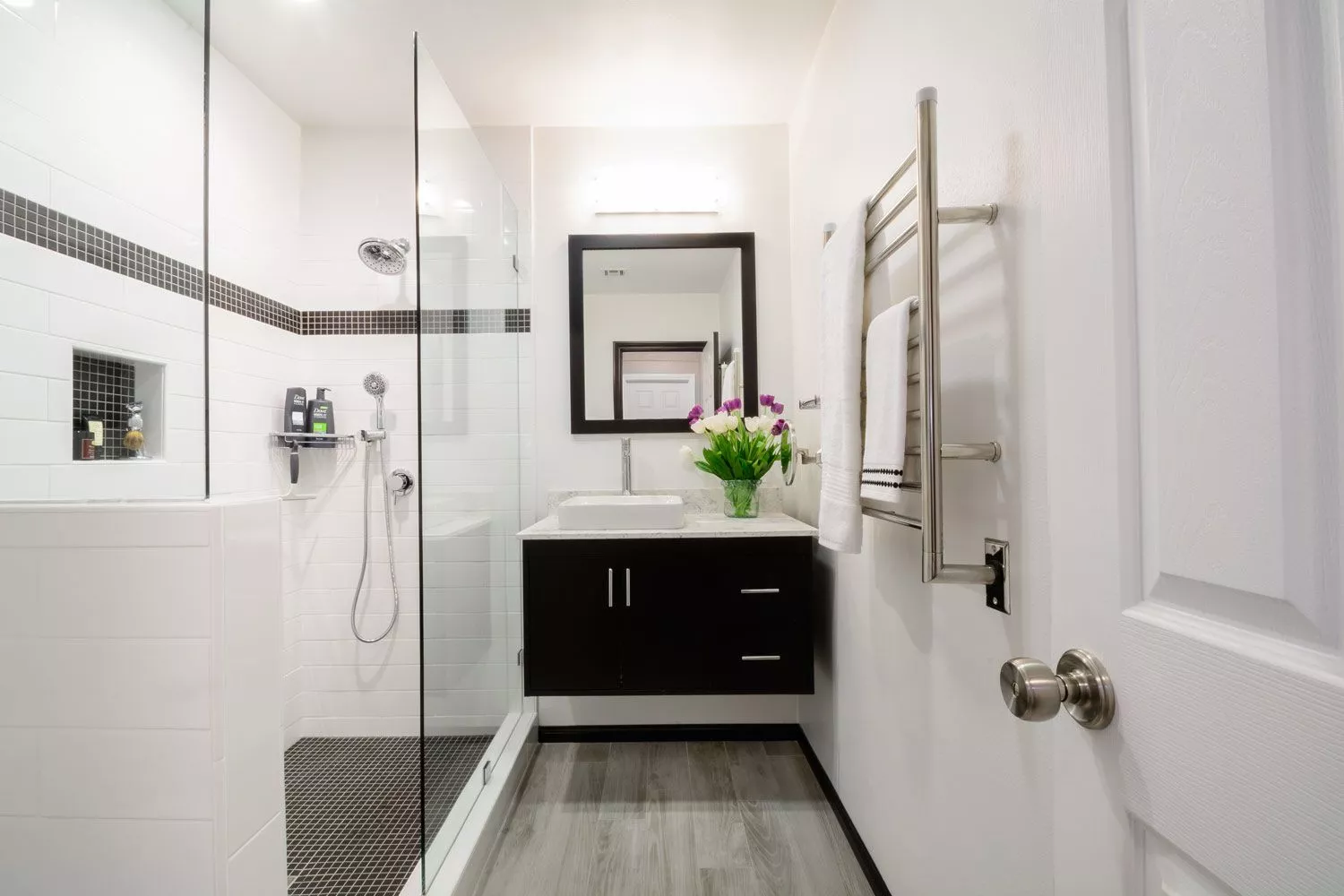
Tiling: The Process and Importance for a Home
What do you need to know about tiling?
When it comes to tiling, there are a few things that you need to keep in mind. First, you should know that the process involves more than just sticking tiles onto a surface. Proper tiling requires careful planning, preparation, and installation to ensure that the tiles are placed correctly and securely. To start the tiling process, you need to prepare the surface that will be tiled. This may involve removing old tiles or other existing coverings, repairing any damage, and cleaning the surface thoroughly. You should also measure the surface and calculate how many tiles you will need, factoring in any cuts or adjustments that may be necessary. Once the surface is ready, you can begin laying the tiles. This involves applying adhesive to the surface and carefully placing the tiles in the desired pattern. You may need to make cuts to the tiles to fit them around edges or other obstacles. Once the tiles are in place, you will need to wait for the adhesive to dry before grouting the tiles to seal the gaps between them.Why is tiling important?
Tiling is important for a variety of reasons. First and foremost, it provides a protective layer that can help to prevent damage to the surface beneath. This is particularly important in areas that experience a lot of foot traffic, such as hallways, kitchens, and bathrooms. In addition to its practical benefits, tiling also has aesthetic value. By choosing the right tiles and pattern, you can create a look that complements your décor and adds visual interest to your space. Whether you opt for classic ceramic tiles, sleek metal tiles, or natural stone tiles, you can create a look that reflects your personal style.In conclusion
Tiling is a process that involves careful planning, preparation, and installation to ensure that surfaces are protected and aesthetically pleasing. Whether you are looking to tile your floors, walls, or other surfaces, it is important to choose the right materials and follow the correct installation process to achieve the best results. With the right approach, you can create a look that enhances your space and meets your practical needs.How much does it cost to hire a Handyman
| Product / Service | Unit | Price |
|---|---|---|
| Handyman Service | per hour | £32 |
| Subsecuent half hours | per half hour | £16 |
| Minimum call out fee | 3 hours | £96 |
How much does it cost a Tiling service
-
 Tiling serviceCall usAll our prices are subject to complexity and duration of the job required. We guarantee you get the best service you can get for less.
Tiling serviceCall usAll our prices are subject to complexity and duration of the job required. We guarantee you get the best service you can get for less.
Customer reviews
Frequently asked questions:
A: We will be able to provide you with a project length estimate depending on any additional work that is required.
A: Natural stone tiles need sealing when they’re laid as well as resealing around every six months. Before buying tiles, take the time to understand any care and maintenance needed.
A: If you’re tiling a floor, make sure the tiles have the right floor tile wear rating (PEI rating). Make sure you don’t use wall tiles on floors and check the floor surface can take the combined weight of the tiles.
A: To calculate how many floor tiles you need, simple maths are needed. Multiply the width by the length of the room that is the target tiling area (select to do this in cm so you can keep the maths simple). Then, multiply the length and width of a single floor tile (cm), then simply divide the area to be tiled by the area of one tile. This gives the number of tiles you need. Buy an additional 10% for damage or breakages during the tiling process This needs to be 15% to include for the tile selection going out of stock.
A: No, you don’t need planning permission to tile your floors.
A: Ceramic tiles are made from clay and topped with a decorative glaze that’s then hardened by heat.
- Easy to cut and fix
- Protective top layer resistant to water and stains
- Resistant to high humidity conditions
- Durable and easy to maintain
- Affordable and less expensive than natural stone or porcelain tiles
- Suitable for light traffic areas including Bathrooms*
Porcelain tiles are fired at a much higher temperature than ceramic tiles making them denser, very hard working and more waterproof.
- Hard-wearing and durable due to denser material than ceramic
- Scratch-resistant and hygienic
- Strong imitation of all natural materials
- Lower maintenance than real stone
- Available glazed, unglazed or polished
- Suitable for high traffic areas including living areas, Kitchens & Bathrooms.
A: You should not use wall tiles for the floor unless they specifically say that they can be used on a floor. Floor tiles are usually thicker than wall tiles to withstand the necessary weight. Using wall tiles on the floor may result in broken tiles after a while.





